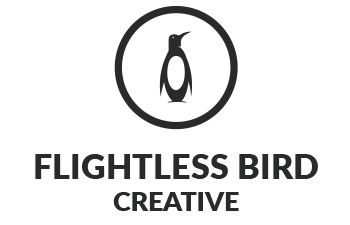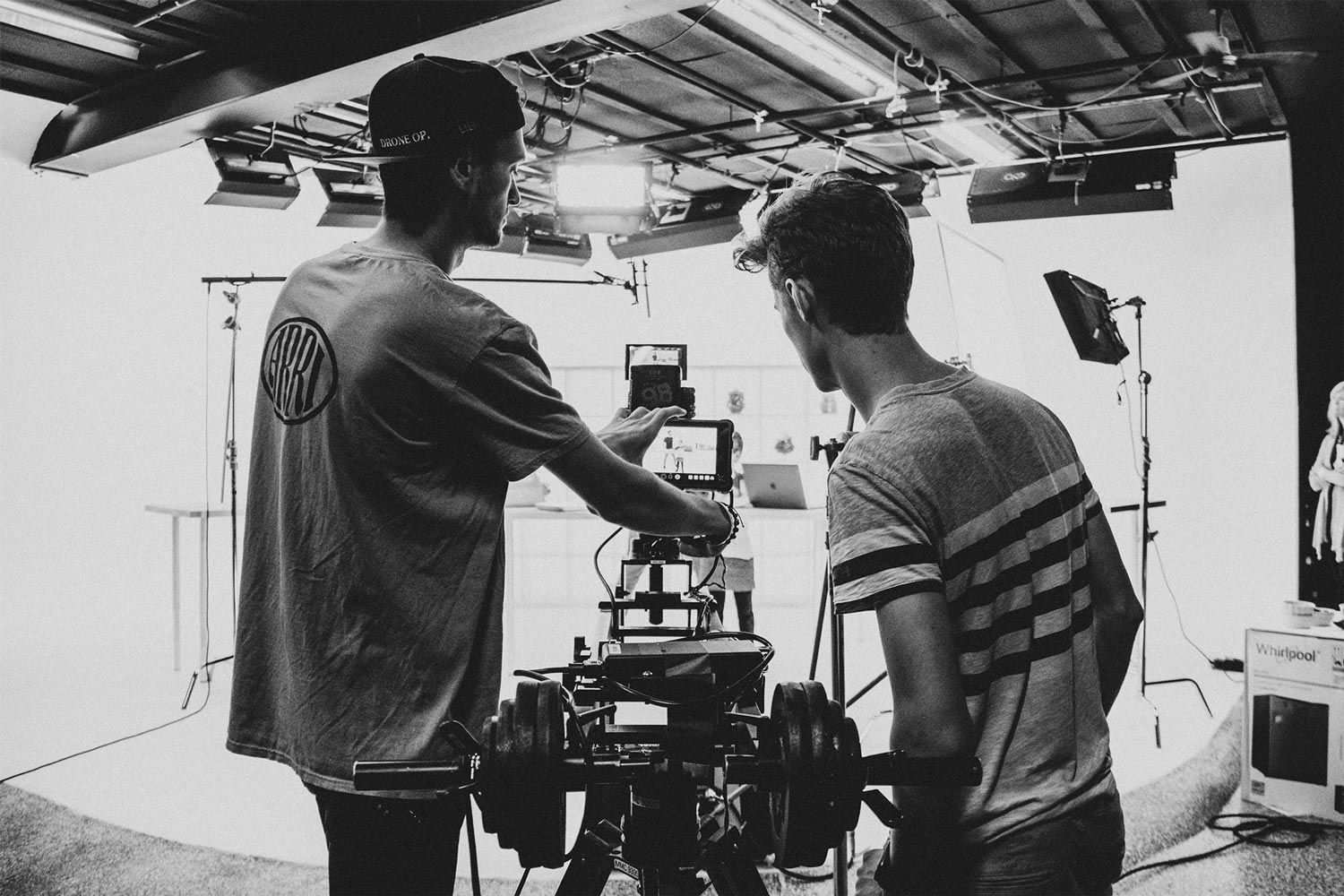The production landscape is already adjusting to the requirements of social distancing. Organizations like the AICP have even released a production rulebook for shooting during COVID. It’s clear that the entire industry will need to adopt a new, more careful routine in the coming months, and possibly years. We at Flightless Bird want to address some of the main changes that are being implemented across the industry, and that we are introducing in our on-set protocol, to get the conversation started:
Keep Crews as Lean as Possible
Anyone organizing a shoot will have to carefully evaluate what is essential in this new normal. The Chicago Film Office recently started issuing filming permits “for productions with cast and crew of 10 or fewer people.” In line with this, we plan to keep as nimble a crew as each project allows, to avoid an overcrowded set. We’re comfortable making things work with just the must-haves and requiring crew members to wear multiple hats per shoot (that may start to become more of a standard than an exception).
Keep Teams Fixed on Multi-Day Shoots
When crewing up a multi-day shoot, teams will have to be conscious of bringing on new members from one day to the next. Part of minimizing the web of exposure to as few people as possible means avoiding introducing new people day to day.

Sanitize Gear and Common Areas
This is just a matter of adding two steps to any gear checklist:
- Sanitize Gear Before Shoot
- Sanitize Gear After Shoot
During studio productions, where cast, crew, and clients often occupy the same room for hours or days at a time, it will be essential to frequently sanitize all common areas.
Avoid Communal Craft Services
The days of buffet-style craft services are likely taking a long hiatus. Instead, it’s recommended to provide personal food orders that come individually wrapped. When cast, crew, and client sit down to eat, all seating should be properly distanced, with easy access to sanitation stations.
Distribute Scripts Digitally
This change already had its foot in the door pre-COVID, but will now become the standard. Instead of each crew member carrying a script in their back pocket, they can carry their tablet or smartphone with the script, storyboards, and any other necessary files.
Minimize Walkie-Talkie Use
Crew-wide use of walkie-talkies is likely to fade in the current climate. We plan to avoid walkie-talkies as much as possible; and if they are unavoidable, we will encourage crew members to provide their own walkie and earpiece if they have it.

Ask Cast to Use Personal Wardrobe
Obviously, this depends on the project. However, we have made it a habit to send wardrobe options from cast to clients, to increase the chance that they can avoid needing a costume.
Use a Boom Pole over a Lav
Unless absolutely necessary, it is recommended to use a boom pole to capture audio before using a lav mic, to reduce close contact with the mic between different users. In cases where a lav is essential, teams should take extra precautions to sanitize it before and after using.
Minimize Inter-Department Contact
Though each department will be sharing a set, we want to reduce unnecessary exposure in every way we can. One way we will do this is by assuring that each department, and only that department, handles its own equipment. This will reduce crew members’ indirect contact with each other.
Offer Clients the Option to Live Stream onto Set
Typically our clients like to join us on set, but we want to be conscious of maintaining manageable numbers. To meet in the middle, we are offering live streams from video village to our clients, so they can see a live camera feed of the production from anywhere in the world. By offering our clients this option, they can still maintain a presence during the shooting process, give notes, and make suggestions, but from the safety of their own home or office.
As outlined by the AICP, there are plenty more adjustments that we will be making to our on-set workflow. Our team is eager to be shooting again, and ready to make the necessary changes that will let us all work safely. If you find any more informative resources, please send them our way!
Written by Stephen Kipp | Head Writer


